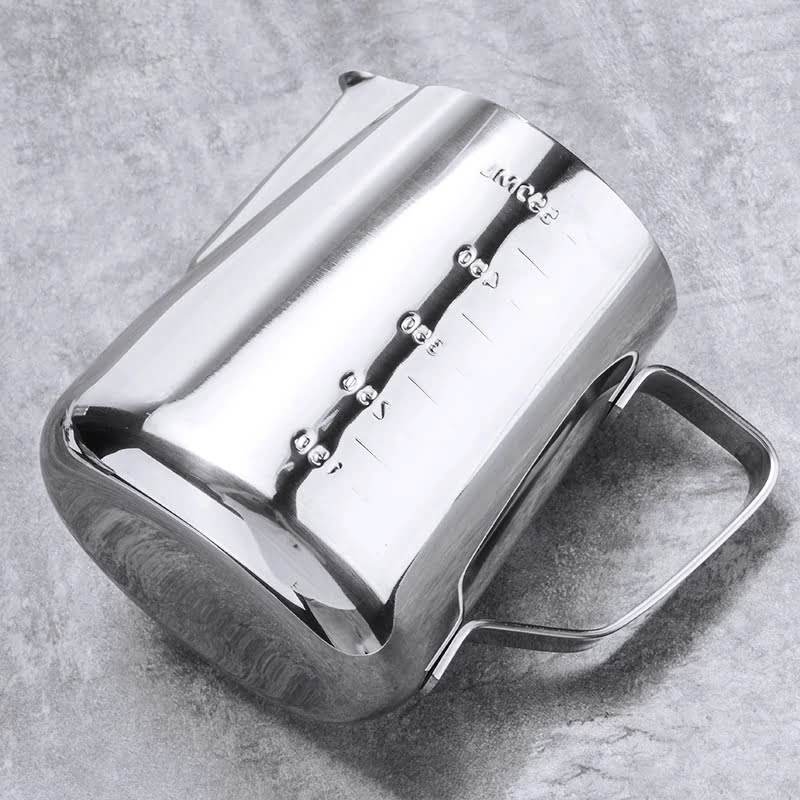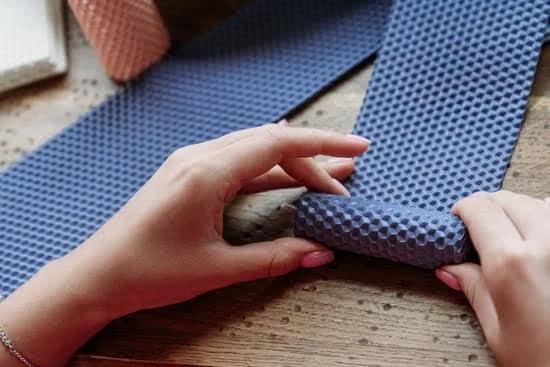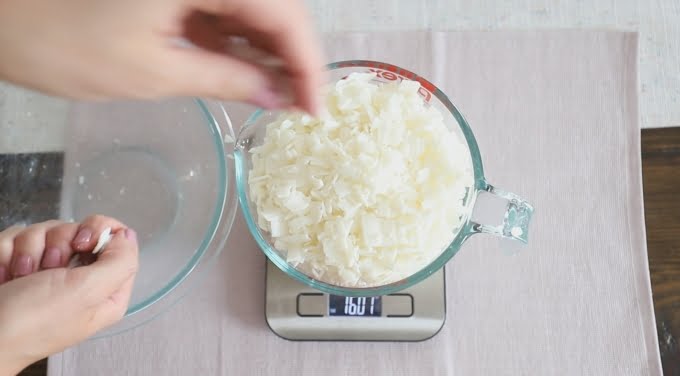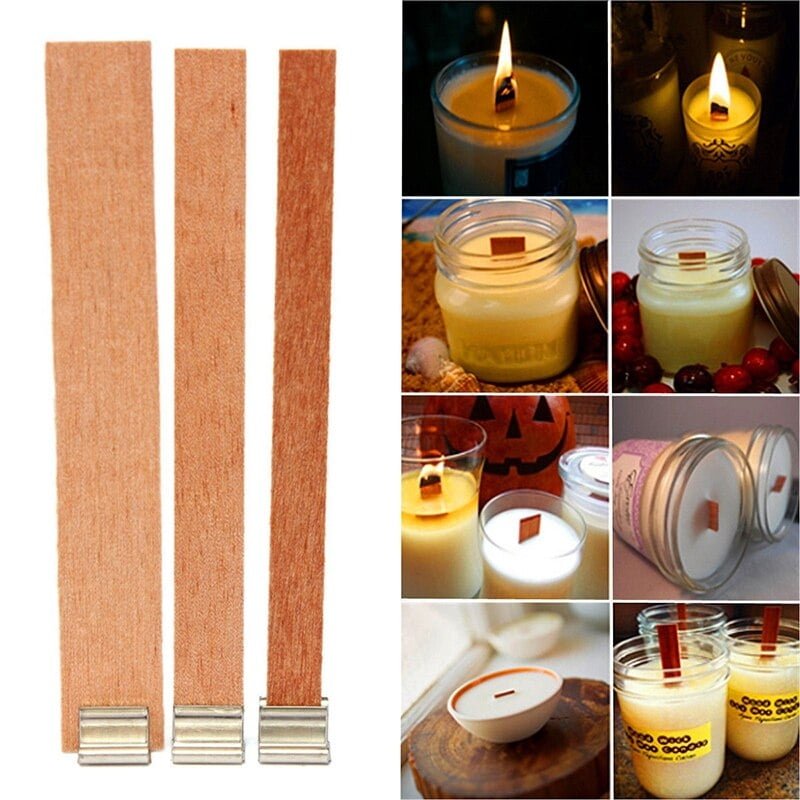Are you interested in the art of soap and candle making? Whether you’re a beginner or an experienced crafter, learning to make your own soap and candles can be a rewarding and fulfilling hobby.
In this article, we will explore the history of soap and candle making, the benefits of creating your own products, essential tools and ingredients for soap making, step by step guides for homemade soap and different techniques for candle making. We will also discuss how to add scent and color to your creations as well as safety precautions to keep in mind.
Soap and candle making have been practiced for centuries, with evidence of their use dating back to ancient civilizations. Through the ages, these crafts have evolved into both practical household necessities and artistic expressions.
Today, many people are rediscovering the joys of creating their own soaps and candles as a way to customize their self-care routines or even start small businesses. The beauty of these crafts lies in their simplicity – with just a few essential tools and ingredients, you can begin making your own high-quality products at home.
Making your own soap and candles not only allows you to customize scents, colors, and designs but also offers numerous benefits for your health and the environment. By using natural ingredients and avoiding harmful chemicals often found in commercial products, you can ensure that what you’re using on your skin or inhaling into your home is safe and eco-friendly.
Additionally, crafting your own products can be a cost-effective alternative to purchasing expensive store-bought items. Stay tuned as we delve into the world of soap and candle making, guiding you through everything from basic techniques to advanced tips for creating beautiful handmade creations.
History of Soap and Candle Making
The history of soap and candle making dates back to ancient times, with evidence of these practices found in civilizations such as Ancient Egypt, Babylon, and the Roman Empire. The earliest soaps were made from a combination of animal fats and wood ash, while candles were often crafted from tallow or beeswax. These early forms of soap and candle making were essential for personal hygiene, providing light, warmth, and fragrance in homes.
In the Middle Ages, soap making became an established trade in Europe, with the creation of guilds and strict regulations on the production of soap. Candle making also flourished during this time, as it was a necessity for lighting before the invention of electric lights. The Industrial Revolution brought significant advancements to soap and candle making, with the introduction of new ingredients and manufacturing processes.
Today, the art of soap and candle making has evolved into a popular hobby and small business venture for many people. With a focus on natural ingredients and handcrafted products, modern soap and candle makers are reviving traditional techniques while incorporating innovative methods to create unique and high-quality items. The history of soap and candle making has been shaped by diverse cultures and technological advancements, paving the way for creativity and experimentation in this timeless craft.
| History | Details |
|---|---|
| Ancient Times | Earliest forms using animal fats and wood ash |
| Middle Ages | Era of established trade guilds in Europe |
| Industrial Revolution | Advancements in ingredients and manufacturing processes |
Benefits of Making Your Own Soap and Candles
Making your own soap and candles is not only a fun and creative hobby, but it also offers numerous benefits for both your health and the environment. Here are some of the key advantages of delving into the world of soap and candle making:
1. Healthier Ingredients: When you make your own soap and candles, you have complete control over the ingredients used. This means you can choose natural, organic, and skin-friendly materials, avoiding harsh chemicals often found in commercial products. Making your own soap allows you to tailor it to suit specific skin types or conditions, such as sensitive skin or eczema.
2. Environmental Impact: By creating your own soap and candles at home, you can reduce your environmental footprint. Many commercially-produced soaps and candles contain synthetic chemicals that can be harmful to the environment when they are washed down the drain or discarded after use. Homemade products using biodegradable ingredients are a more eco-friendly choice.
3. Cost-Effective: Although there is an initial investment in purchasing supplies and equipment for soap and candle making, it can ultimately save money in the long run. Once you have built up a collection of essential tools and ingredients, producing your own soap and candles becomes more economical compared to purchasing them from stores.
Incorporating soap and candle making into your routine not only provides a creative outlet but also offers tangible benefits for personal health, environmental sustainability, and cost savings. Whether you’re interested in crafting luxurious soaps with nourishing oils or creating customizable candles with unique scents, homemade products allow for a more tailored approach to self-care while minimizing impact on our planet.
Essential Tools and Ingredients for Soap Making
When it comes to making your own soap, having the right tools and ingredients is essential for a successful and safe process. Here are some important things you’ll need to get started with soap making.
Tools for Soap Making
The first thing you’ll need is a dedicated workspace for soap making, as well as protective gear such as gloves, goggles, and a mask to protect yourself from any potential chemical splashes or fumes. You’ll also need a digital scale for accurate measurements, a stainless steel or enamel pot for melting oils and butters, a thermometer, and silicone molds for shaping the soap.
Ingredients for Soap Making
The primary ingredients for making soap include oils (such as coconut oil, olive oil, or palm oil), lye (sodium hydroxide), and water. Additionally, you may want to include essential oils or fragrance oils for scent, as well as natural colorants such as clays or botanicals. Each ingredient serves a specific purpose in creating a quality bar of soap.
Specialized Equipment
In addition to the basic tools and ingredients, there are certain specialized equipment that can make the soap making process more efficient. This includes stick blenders for mixing the oils and lye together, as well as pH strips to check the acidity of the finished product. While these items are not absolutely necessary, they can certainly help streamline the soap making process.
By ensuring that you have all of the essential tools and ingredients at your disposal before starting your soap making journey, you can set yourself up for success and create beautiful homemade soaps with ease.
Step by Step Guide to Making Homemade Soap
Making homemade soap can be a fun and rewarding hobby. Not only does it allow you to create unique, custom soaps tailored to your preferences, but it also offers the satisfaction of using something you made yourself. Whether you’re interested in making soap for personal use or as a potential small business venture, here is a step-by-step guide to help you get started.
First, gather all the necessary equipment and ingredients. Some essential tools for soap making include a heat-resistant container for melting oils and butters, a thermometer, a scale for measuring ingredients accurately, and molds for shaping the soap. As for ingredients, common ones used in homemade soap include lye, water, oils (such as coconut oil or olive oil), and additives like fragrances and colorants.
Next, carefully measure out the lye and water according to the recipe you are following. It’s crucial to handle lye with caution as it can cause burns if mishandled. Once the lye mixture has cooled down, melt the oils in a separate container and then combine them with the lye mixture. This is when saponification occurs – the process of turning the oils into soap.
After thoroughly mixing the oils and lye together, pour the resulting mixture into molds and allow it to cool and harden over 24-48 hours. Once hardened, remove the soap from the mold and cut it into bars of your desired size. Finally, let the bars cure for several weeks before using them. This allows excess moisture to evaporate from the soap, resulting in harder, longer-lasting bars with better lather and gentler cleansing properties.
| Soap Making Equipment | Soap Making Ingredients |
|---|---|
| Heat-resistant container | Lye |
| Thermometer | Oils |
| Scale | Additives (fragrances/colorants) |
Different Techniques for Candle Making
Candle making is a creative and fulfilling hobby that allows individuals to create their own unique candles for personal use or as gifts. There are various techniques for making candles, each with its own distinct method and result. Here are some popular techniques for candle making:
- Container Candles: This technique involves pouring melted wax into a container such as a jar, tin, or glass. Container candles are popular due to their ease of use and ability to hold the melted wax without spilling.
- Pillar Candles: Pillar candles are made by pouring wax into a mold to create a freestanding candle. These candles can come in various shapes and sizes, allowing for creativity in design.
- Taper Candles: Taper candles are created by repeatedly dipping a wick into hot wax until the desired thickness is achieved. This technique requires patience and precision to produce evenly shaped tapers.
In addition to these main techniques, there are also specialty methods such as gel candle making, beeswax candle making, and rolled beeswax candles. Each technique offers different opportunities for creativity and experimentation.
Candle making allows individuals to explore their artistic side while creating functional and decorative items for the home. In addition to being an enjoyable hobby, it can also serve as a potential source of income through selling homemade candles at craft fairs or online marketplaces. By learning different techniques for candle making, one can develop skills that lead to endless possibilities in creating beautiful and unique candles.
How to Add Scent and Color to Your Soap and Candles
Adding scent and color to your homemade soap and candles can be a fun and creative process. There are a variety of options available when it comes to customizing the look and fragrance of your products, allowing you to create unique and personalized items for yourself or as gifts for others.
Adding Scent to Soap and Candles
When it comes to adding scent to your soap and candle making, there are several options available. One popular choice is to use essential oils, which come in a wide range of scents such as lavender, eucalyptus, or citrus. You can also explore different fragrance oils specifically designed for use in soaps and candles, providing endless possibilities for creating your desired aroma.
Adding Color to Soap and Candles
Coloring your soap and candles can add an extra touch of beauty to your creations. For soap making, you can use natural colorants such as herbs, clays, or spices for a more organic look. If you prefer vibrant colors, there are also synthetic colorants specially formulated for use in soaps.
When it comes to candles, you can use liquid dyes or dye chips to achieve the desired hue. Experimenting with different colors can help you achieve the perfect look for your products.
Tips for Adding Scent and Color
It’s important to consider that adding too much scent or color could overpower the product or affect its performance. Begin by adding small amounts until you reach the desired intensity. Keep in mind that certain scents may discolor the final product, while specific colors might alter the fragrance of your soap or candle. Testing different combinations before mass production will ensure that you achieve the desired results without any unwanted surprises.
Incorporating unique scents and colors into your soap and candle making allows for endless creativity and personalization in each creation.
Safety Precautions for Soap and Candle Making
In conclusion, the art of soap and candle making has a rich history and offers a wide range of benefits for those who choose to engage in these crafts. From the therapeutic nature of creating beautiful, scented candles to the skin-nourishing properties of homemade soaps, there are numerous reasons to explore these time-honored traditions.
When it comes to soap and candle making, safety should always be a top priority. Whether working with lye for soap making or hot wax for candle making, it is crucial to take the necessary precautions to protect yourself and others from potential hazards. This includes wearing protective gear such as gloves and goggles, working in a well-ventilated area, and being mindful of fire safety when working with candle wicks and flames.
Furthermore, obtaining the essential tools and ingredients for soap making ensures that your products are crafted with quality in mind. By following a step-by-step guide for homemade soap and learning about different techniques for candle making, enthusiasts can indulge in the satisfaction of creating their own unique blends. Adding scent and color to soaps and candles also allows for personalization, further enhancing the joy of crafting these items at home.
In essence, while there are important safety considerations involved in soap and candle making, the rewards are well worth it. The ability to create custom products using natural ingredients not only promotes self-sufficiency but also provides individuals with an avenue for creativity and self-expression. So whether you’re seeking a new hobby or looking to elevate your self-care routine, consider delving into the world of soap and candle making as a fulfilling endeavor.
Frequently Asked Questions
Can You Make Candle With Soap?
Yes, you can make candles with soap. One common method is to melt down old or leftover pieces of soap and reuse them by pouring the melted soap into a container with a wick.
What Do You Call Someone Who Makes Soap and Candles?
Someone who makes soap and candles can be called a chandler. The term “chandler” historically referred to someone who made or sold candles, but it has since evolved to include those who make soap as well.
Is It Easier to Make Soap or Candles?
Whether it’s easier to make soap or candles depends on the individual’s skills and preferences. Soap making may require more precise measurements and handling of chemicals, while candle making involves working with different types of wax and scents.
Both require attention to detail, but some people may find one process easier than the other based on their personal experience and abilities.

Welcome to my candle making blog! In this blog, I will be sharing my tips and tricks for making candles. I will also be sharing some of my favorite recipes.





